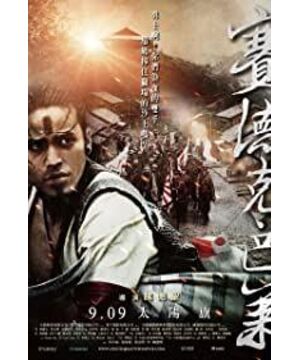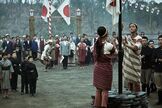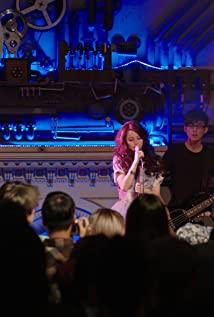The first is cultural identity. Under the influence of Japanese culture, are Japanese-speaking aborigines still aborigines? What exactly is this culture or national community that we recognize? Is it really worth defending with our lives? This was an unanswered question. The play does not try to answer this question, but presents it for the audience to get their own answer. This contradiction is particularly acute for the two Aboriginal police officers. Having already benefited from the Great Japanese Empire, how do you choose between a stepfather and a biological father?
The second is the confrontation between modern civilization and native civilization. What is gratifying is that this drama does not have the same obvious ideological tendency like Avatar, blindly criticizing the modern civilization of reinforced concrete, and blindly worshipping the primitive civilization of Xiaoqiao Liushui. What we see is a rich and three-dimensional image of civilization. Japan adopts a strategy of high-pressure rule, but it also brings civilization and technology. Several educational scenes show the Japanese's careful management; while the aborigines worship their ancestors and respect nature, but they also have barbaric habits such as beheading, and they are massacred. There is no distinction between Chinese women and children, and there are no basic rules for modern warfare. Such a three-dimensional image can make us appreciate the complexity of realizing national integration.
View more about Sai de ke · ba lai: Tai yang qi reviews











